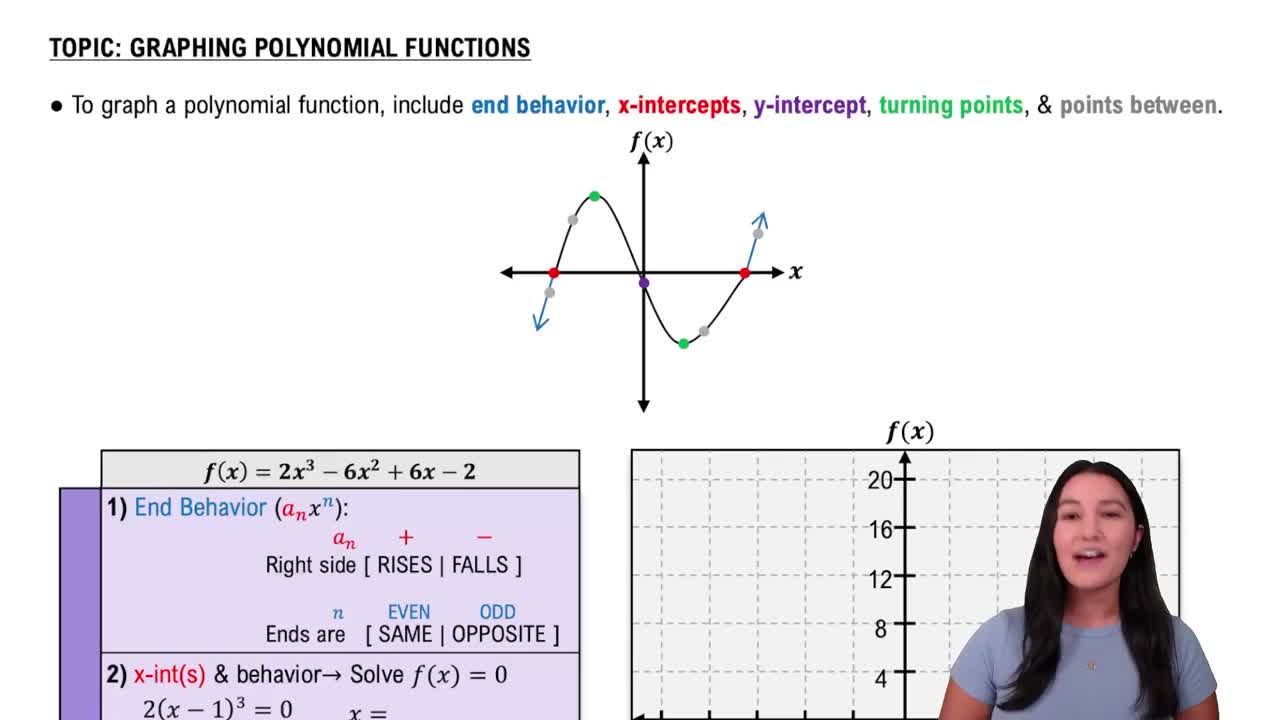Here are the essential concepts you must grasp in order to answer the question correctly.
Set Equality
Set equality states that two sets are considered equal if they contain exactly the same elements, regardless of the order in which those elements are listed. For example, the sets {1, 2, 3} and {3, 2, 1} are equal because they contain the same elements.
Recommended video:
Element Uniqueness in Sets
In set theory, each element in a set is unique, meaning that duplicates are not counted. For instance, the set {1, 1, 2} is equivalent to the set {1, 2}, as the duplicate '1' is disregarded. This principle is crucial for determining set equality.
Recommended video:
Geometries from Conic Sections
Order of Elements in Sets
The order of elements in a set does not affect its identity. This means that the arrangement of elements is irrelevant when comparing sets. For example, {a, b} is the same set as {b, a}, which is essential for evaluating the equality of two sets.
Recommended video:
Graphing Polynomial Functions
 Verified step by step guidance
Verified step by step guidance Verified video answer for a similar problem:
Verified video answer for a similar problem:



 7:39m
7:39m